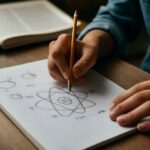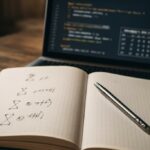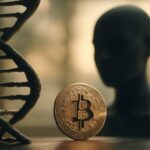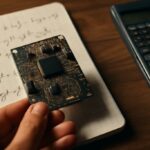
AI Doctors: Can a Robot Replace Your Oncologist?
The relentless march of artificial intelligence continues to reshape industries, and healthcare is no exception. A new Agentic AI framework, developed by researchers at the University of Illinois at Urbana-Champaign, the University of Illinois at Chicago, Missouri S&T, and Nimblemind.ai, led by Soorya Ram Shimgekar, Shayan Vassef, Abhay Goyal, Navin Kumar, and Koustuv Saha, promises…
























